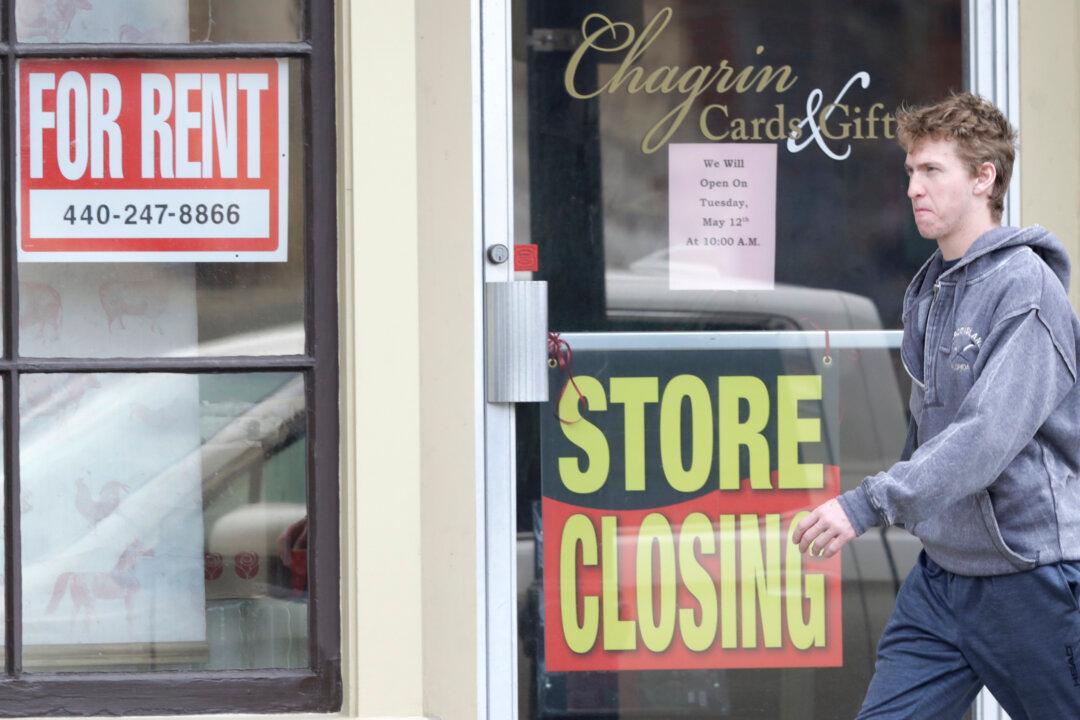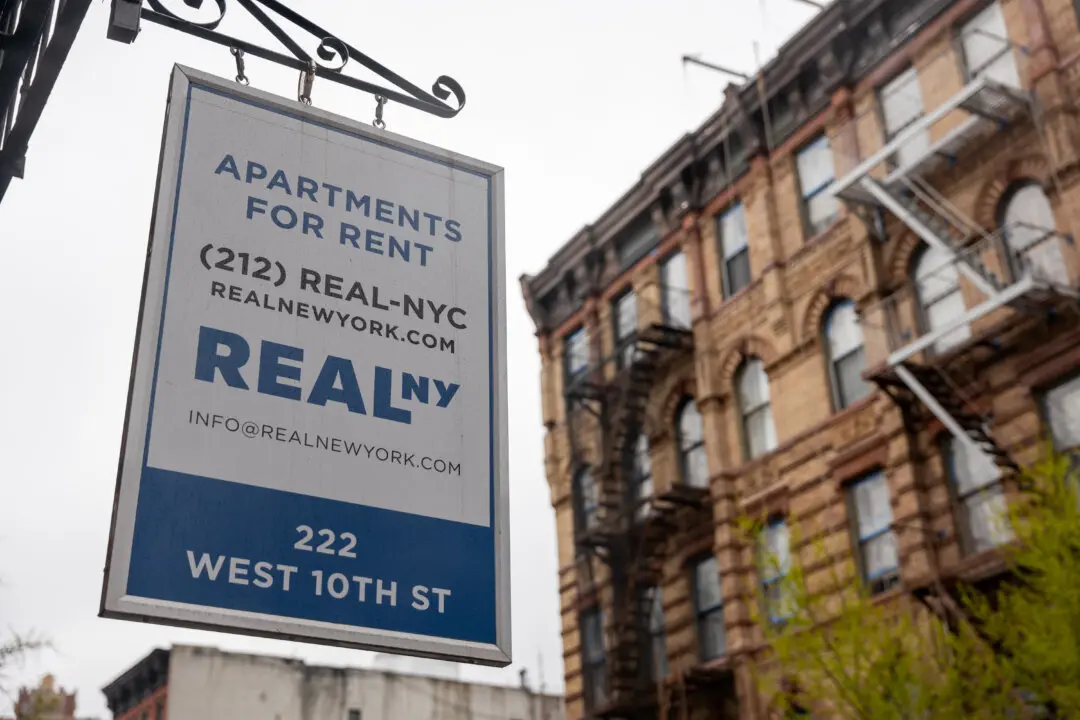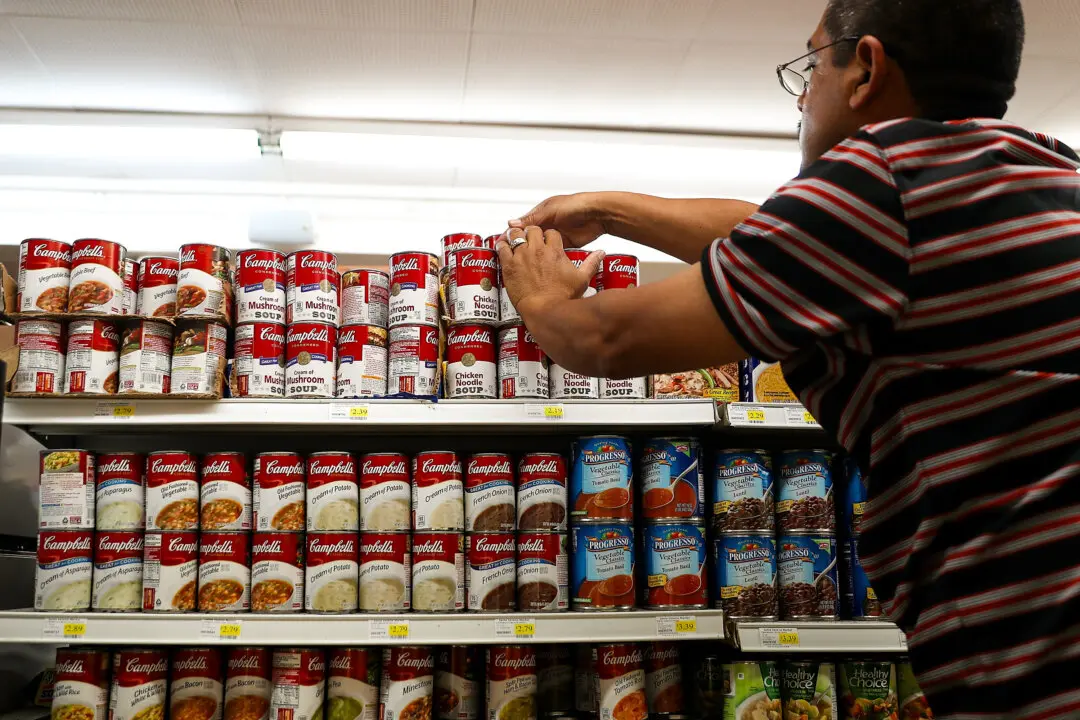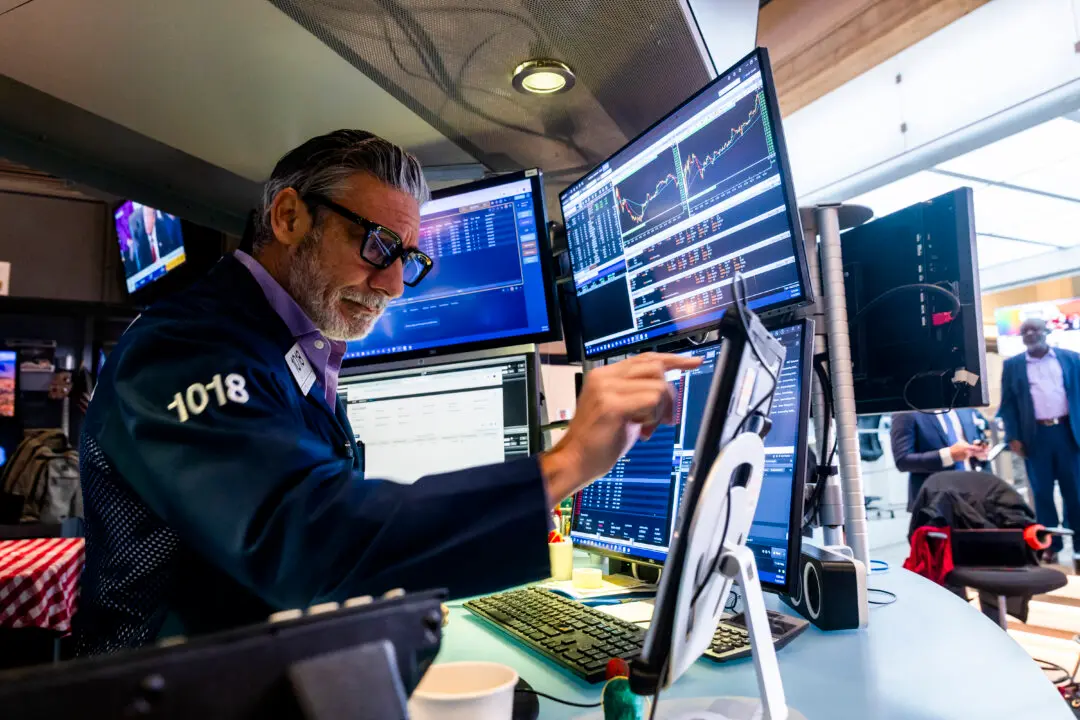The U.S. economy suffered a historic collapse in the second quarter of this year, with Commerce Department figures showing gross domestic product (GDP) plummeting by 32.9 percent in annualized terms as business activity ground to a halt due to the pandemic.
The unprecedented economic contraction, which is an advance estimate released by the Commerce Department’s Bureau of Economic Analysis on July 30, is more than triple the previous all-time GDP drop of 10 percent in the second quarter of 1958.





